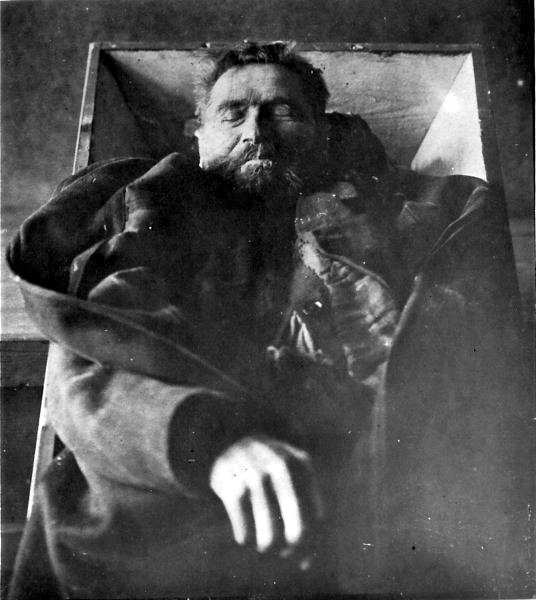
1860 - 1924
Karl Denke
Summary
Name:
Karl DenkeNickname:
Father Denke / Papa Denke / The Cannibal of Münsterberg / The Forgotten CannibYears Active:
1903 - 1924Birth:
February 11, 1860Status:
DeceasedClass:
Serial KillerVictims:
30+Method:
Beating / StabbingDeath:
December 22, 1924Nationality:
Germany
1860 - 1924
Karl Denke
Summary: Serial Killer
Name:
Karl DenkeNickname:
Father Denke / Papa Denke / The Cannibal of Münsterberg / The Forgotten CannibStatus:
DeceasedVictims:
30+Method:
Beating / StabbingNationality:
GermanyBirth:
February 11, 1860Death:
December 22, 1924Years Active:
1903 - 1924bio
Karl Denke was born on February 11, 1860, in Oberkunzendorf, a small village in Silesia, which was part of the Kingdom of Prussia. Today, this area is known as Ziębice in Poland. He was born into a family of German farmers. There is not much information about his early childhood. However, he was known to be a quiet and soft-spoken child. He was considered difficult to raise and had a reputation as one of the worst students in his elementary school. At the age of 12, Denke decided to run away from home.
After finishing elementary school, Denke apprenticed as a gardener. He began building a life for himself in this field. When he turned 25, his father passed away. His older brother inherited their family home, while Karl received a sum of money. He used this money to purchase a piece of land, but his attempt at farming did not go well, and he ended up selling the land.
Denke then bought a house on what is now called Stawowa Street. He tried to rent it out, but inflation affected his finances. Even after selling the house, he chose to stay in a small apartment in the same building. Denke obtained a vending license and opened a shop nearby where he sold leather goods and boneless meat.
Denke was also active in his local Lutheran church. He volunteered as a cross-bearer and served as an organist. Many people in his community liked him and often called him "Papa." However, in 1906, he left the church, and details about the reasons for this change are unclear.
murder story
Karl Denke began his series of murders in 1903. His first known victim was a woman named Ida Launer. He then murdered Emma Sander in 1909. While another person, Eduard Trautmann, was initially found guilty of her murder, he was released in 1926 when the truth about Denke was discovered. Denke's last known victim was Rochus Pawlick.
On December 21, 1924, Denke lured a homeless man named Vincenz Olivier to his home by promising him money to write a letter. When Olivier arrived, Denke unexpectedly tried to attack him with a pickaxe. Olivier managed to defend himself and escape while shouting for help. Neighbors heard his cries and called the police.
At first, authorities dismissed Olivier's story because of Denke's reputation in the community. He was arrested for vagrancy, but a judge ordered a more in-depth investigation. Denke was taken in for questioning but never had the chance to respond. While in a holding cell, he hanged himself with a ligature before police could interrogate him.
After Denke's death, police searched his home. They found horrifying evidence of his crimes. They discovered several tubs containing unidentified flesh in brine and a box filled with human bones and fat. Authorities also found items made from human skin, such as shoes and belts. Denke had kept a ledger with the names of his victims, with at least 31 entries. This ledger indicated that he had murdered roughly 30 people, but due to the large quantity of body parts found, estimates of his total number of victims range as high as 42.
The details of what was found in his home included various bones: sixteen femurs, pieces of long bones, pairs of elbow bones, several heads of radii, and many other fragments. The sheer amount of remains led to later speculation about the extent of his actions.
Karl Denke's story is largely forgotten today, and many details about his life and motives remain a mystery. Only two photographs of him are known to exist, and one was taken after his death. His case remains notable in discussions of serial killers and cannibalism.